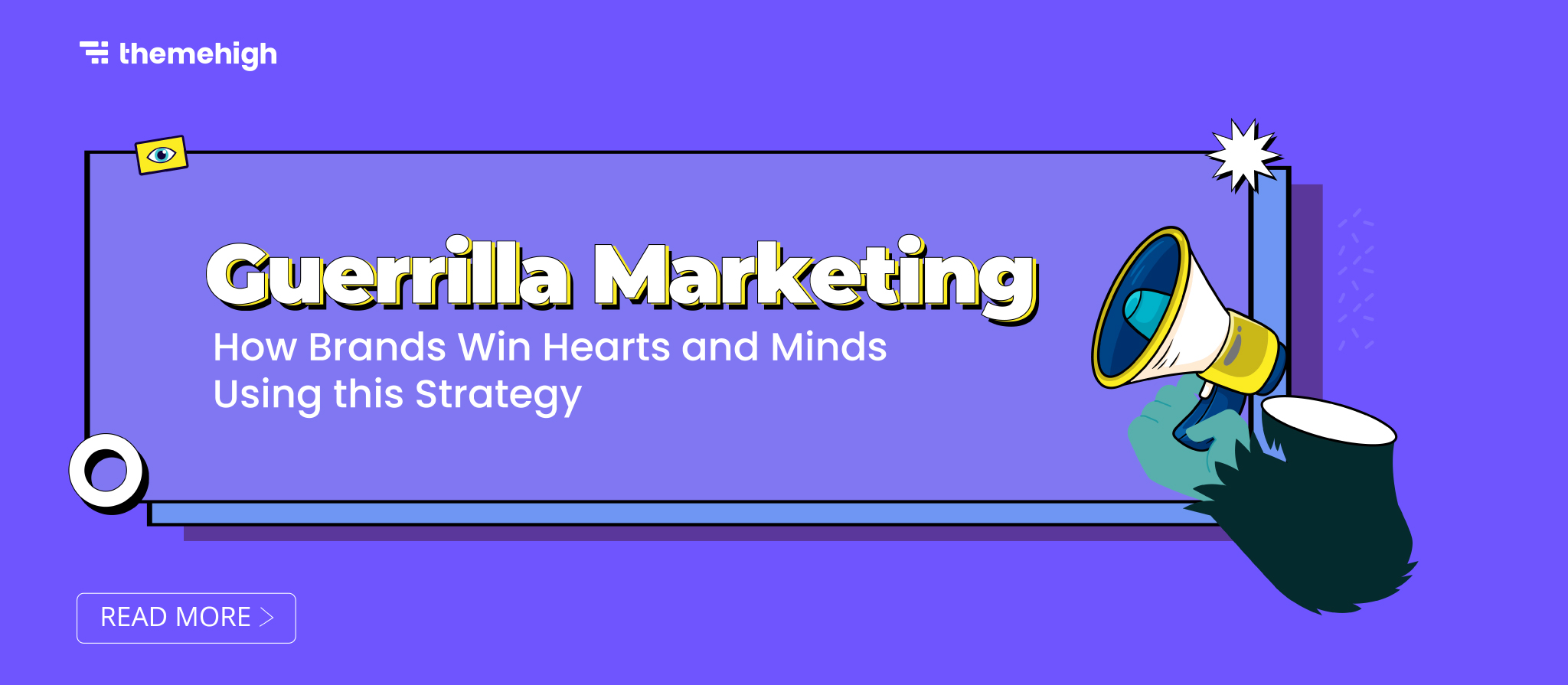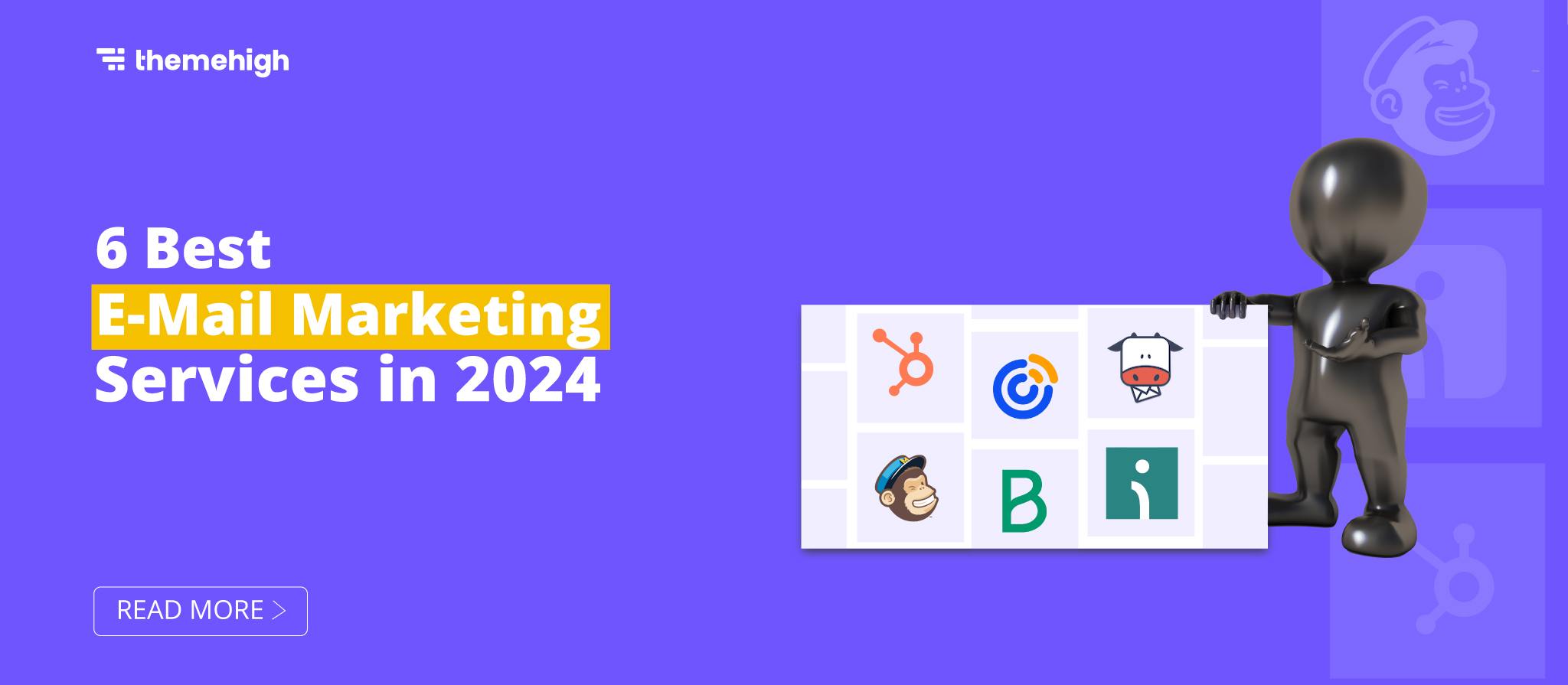Table of Contents
The term Guerrilla Marketing might immediately have reminded you of guerrilla warfare. If it did, it’s not entirely surprising because this particular type of marketing derives its name from the latter. The aspect that connects these two is the element of surprise that they carry. Guerrilla marketing carries elements of wonder and shock similar to guerrilla warfare tactics. This is an approach that stands out for being unexpected and unforgettable at the same time.
The term Guerrilla marketing was coined in 1984 by the American advertising executive Jay Conrad Levinson. This term signifies nontraditional campaigns carried out mainly on a low budget with the aim of generating buzz in public spaces.
In this blog, we’ll delve into Guerrilla marketing, explore its various types, and discuss a few compelling case studies of brands that have banked on this strategy to win consumers’ hearts and minds.
What is Guerrilla Marketing?
Guerrilla marketing is an innovative and nontraditional approach to marketing that aims to create a lasting impression on customers using unconventional and creative strategies. It involves out-of-the-box thinking that disrupts the status quo and delivers memorable experiences that connect with audiences on a deeper level. Unlike traditional marketing methods that rely on large budgets and established channels, guerrilla marketing utilizes creativity and a touch of surprise to popularise a brand. It promotes a product, service, or brand through unique tactics that leave a lasting impression on the audience.
Guerrilla Marketing Types
When it comes to types of guerrilla marketing, there are no well-defined categories. You will find real-life examples of campaigns that encompass features of multiple categories. However, these are some of the most relevant and commonly seen types.
Outdoor Guerrilla Marketing
This refers to any type of marketing that happens outdoors. It usually occurs in busy streets and other urban areas with a lot of footfall. It involves activities like flash mobs, guerrilla projections, or street performances that surprise and delight passersby.
Ambient Guerrilla Marketing
Marketing products in an unexpected and unusual setting where they are least expected. The showcased product often disrupts the normal pattern and takes the crowd by surprise. This marketing strategy carries a wow factor, and brands usually carry it out in unusual locations where it can make a statement.
Experiential Guerrilla Marketing
This form of marketing is characterized by immersive experiences and can happen anywhere. It invites the audience to participate in the marketing campaign through fun interactions, enabling them to get to know the brand better.
Viral Guerrilla Marketing
In this type of marketing, brands focus on creating content that will be quickly and widely shared on social media platforms. It often uses humor, emotion, or shock value to grab the audience’s attention.
Ambush Guerrilla Marketing
As the name suggests, this marketing strategy has an element of ambush. Brands advertise their products at large events without paying any sponsorship amount to the organizers. In this strategy, brands promote their products against similar products from competitors who might already be officially part of the event. They often try to gain attention by targeting their competitors in places where they are ideally not expected to do so. This strategy has its fair share of benefits but might come with a price if you are not careful.
First, let’s talk about Red Bull
Red Bull is a brand that takes center stage when it comes to bizarre marketing strategies. Red Bull has been a champion of guerrilla marketing ever since its inception. So how and why did it resort to such an unconventional strategy? One of the primary reasons was the budget. When they started, they were a new company with little to no budget for a traditional marketing campaign. So, they resorted to guerrilla marketing. They knew their audience – a young audience with a certain income level. Instead of waiting for their customers to find them out, they reached out to them by going to places frequented by their target audience. They handed out free samples of their drink, and that’s pretty much what they had to do. The rest of the work was done through word-of-mouth publicity. Once people started recognizing the brand, Red Bull began boosting its strategy.
The Stratos Space Jump

Red Bull’s sponsorship of Felix Baumgartner’s record-breaking freefall from the stratosphere in 2012 is an iconic example of how this brand implemented an out-of-the-world marketing strategy, quite literally. It cemented Red Bull’s position as a brand associated with extreme sports and adrenaline-pumping feats and also created an unforgettable moment that resonated with audiences worldwide. The Stratos Space Jump generated widespread media coverage and social media buzz, resulting in increased brand awareness and sales.
Case studies: Popular Brands that made an impact with guerrilla marketing
Let’s take a look at some of the most popular examples of guerrilla marketing from around the world.
Nescafe: Instant connections

Nescafe came up with a very creative marketing strategy that aimed to convey the message that coffee can connect people even when crossing a road. As part of their “instant connections” campaign, they installed a box on either side of a busy road in Berlin and invited people to press a button. People waiting to cross the street noticed this and started pressing it. But the magic happened when commuters pressed it simultaneously from either side of the street. A screen popped up where they could see each other’s faces, and the box suddenly opened, delivering them both with a hot cup of coffee. Around 600 people connected over coffee as part of this campaign, and the YouTube video received an overwhelming response.
It’s not every day that people get to be part of something unusual yet wonderful like this. Such emotional campaigns work because people associate the brand with the feeling they experienced during such a campaign. There was no attempt here to market their product; however, by using their product to send a beautiful message, they made a lasting impression.
Pepsi Max: Unbelievable bus shelter

Imagine casually walking to a bus stop and seeing flying saucers and fiery meteors crashing across the street. Sounds impossible, right? But commuters in London were stunned after such a visual spectacle enfolded in front of their eyes.
The creators behind this was Pepsi, who collaborated with the creative agency Grand Visual to leverage Augmented Reality for their marketing campaign. The brand wanted to communicate the message “Live for Now” and bring their drink’s unbelievable nature to life. They installed a screen that gave the illusion of showcasing the road ahead. An AR experience for free is hard to come by, and it instantly grabbed the audience’s attention and left them in awe. This campaign gained 5 million views on YouTube in just three days and garnered several accolades and awards! And now, for the icing on the cake – the YoY sales of Pepsi Max were 35% higher in the month of the campaign.
Volkswagon: Ready for the fast lane?

Volkswagon’s piano campaign showcasing a piano in a subway stair was a hit and remains one of the most popular examples of effective guerrilla marketing. They tried a similar approach before the launch of the VW Polo GTI to highlight its main features – fun to ride and speedy. Volkswagen partnered with Tribal Worldwide DDB, a creative agency, and installed fast lanes in different locations in Berlin. One of the fast lanes was a slide in the subway next to a flight of stairs.
The idea of the campaign was to get people from point A to B quickly while having fun in the process, thereby clearly communicating what their product stands for. They placed hidden cameras to record people’s reactions and posted the video on YouTube. The video received over 3 million views combined for all three executions within 11 days of posting. The page views on the company’s official website also skyrocketed that month. That’s not all! VW Polo GTI was also voted the World’s Best Car of 2010 thanks to their innovative campaign that created a significant buzz and brand awareness for the new car model. This campaign caught the attention of those who witnessed it firsthand and even those who saw it online. Volkswagon’s campaign is another example of how unusual marketing strategies can win people’s hearts if executed well.
Let’s wrap up
Guerrilla marketing offers a great tool to connect with consumers in meaningful ways. It is about breaking traditional norms and giving people an experience they will never forget. As opposed to run-of-the-mill tactics focusing on promotional content, guerrilla marketing stands out for its unique ways of showcasing brands and products without being pushy.
By embracing creativity, innovation, and the element of surprise, brands can win hearts and minds and achieve unprecedented success in today’s competitive marketplace.










 THANK YOU!
THANK YOU!